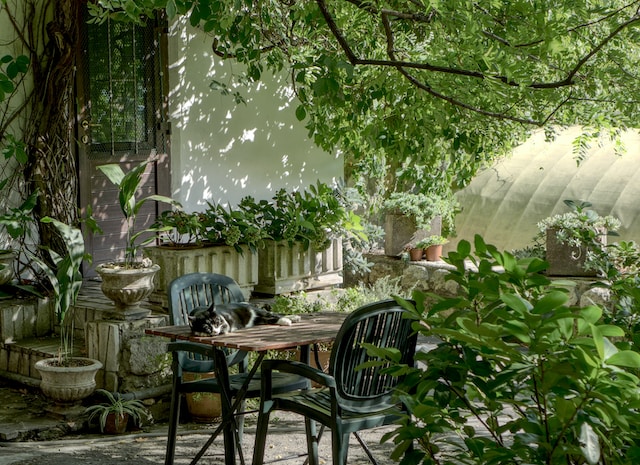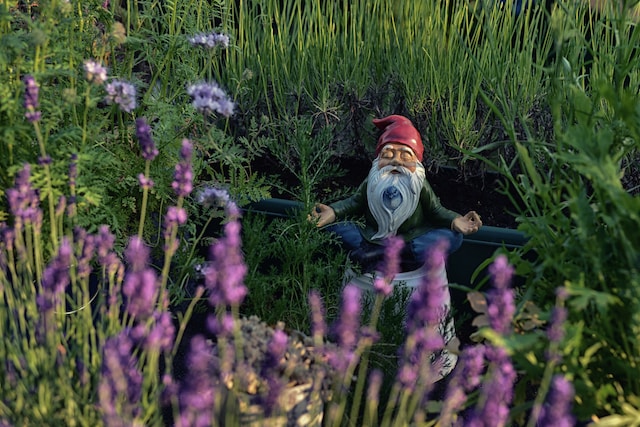This past week, my partner and I stayed at an Airbnb with a beautiful backyard garden. We chose it because it was dog friendly and our dogs were the entire reason that we were going there. But, of course, the garden itself was a nice added bonus. And I realized while I was there that…
garden meditation
10 Steps to Learning to Garden Meditate
Gardening was never my forte. Honestly, I proudly wore the label of a “brown thumb” for most of my life. I’d often cringe at the thought of tending to plants, certain I’d unintentionally send them to an early demise. Little did I know that my journey from reluctant gardener to someone who finds solace in…

